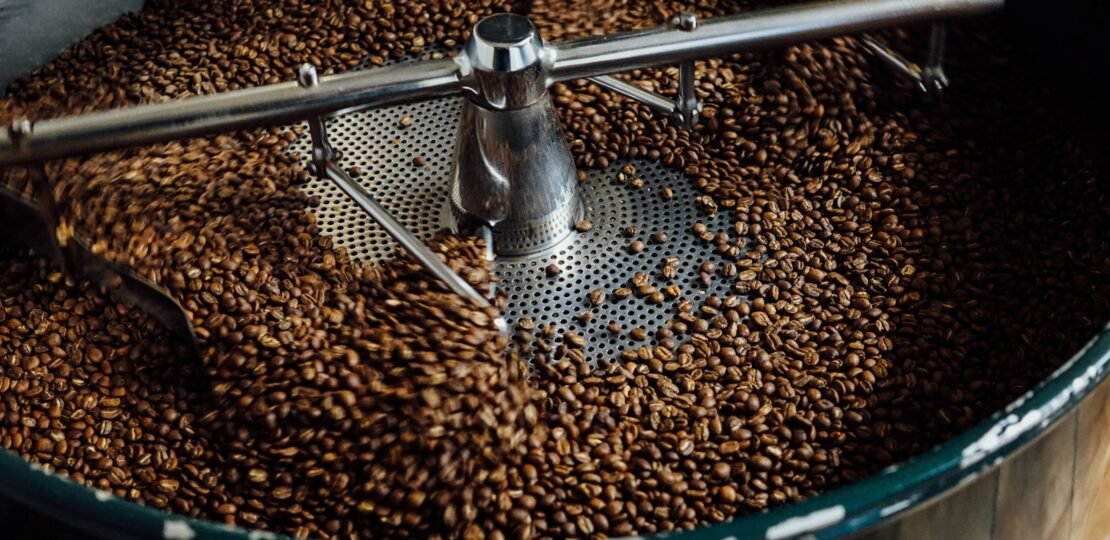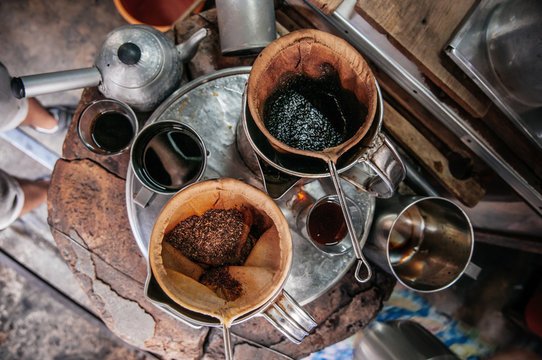
How Roasting Coffee Beans Affects Flavor
Have you ever wondered what makes your cup of coffee so rich and flavorful? Your search for that magic concludes with the alchemical marvel of roasting coffee beans. In this article, we’ll unravel the fascinating world of coffee science and explore how the coffee roasting process directly impacts the flavor profile of your favorite brew.
1. The Basics of Coffee Roasting
What is coffee roasting?
Coffee roasting plays a crucial role in production, involving controlled heat applied to raw beans, triggering complex chemical reactions that enhance flavor, aroma, and color. This intricate process requires precision in time, temperature, and technique to achieve the desired flavor profiles.
From Harvest to Roast: Tracing the Journey
The journey of coffee beans from harvest to roasting is a meticulous process. Cultivation and harvesting of ripe cherries precede processing for green bean extraction. These raw beans are then sent to the roastery for careful sorting and cleaning. In the pivotal roasting stage, controlled heat initiates transformations, giving rise to distinctive flavors, aromas, and colors. This transformative odyssey concludes with the creation of the flavorful and aromatic coffee enjoyed globally.
2. The Impact of Heat in Roasting Coffee
Heat plays in converting raw coffee beans into the cherished beverage we enjoy. Serving as a catalyst, heat triggers crucial reactions like the Maillard reaction, shaping the tastes, aroma, and character of the coffee. Precise application during roasting stages preserves intrinsic qualities, initiating flavorful alchemy that defines the nuanced profile of the final brew. Recognizing the profound influence of heat is essential for understanding the scientific precision and artisanal skill involved in coffee roasting, shaping every aspect of the sensory experience.
3. Coffee Roasting and the Maillard reaction.
The Maillard Reaction
The Maillard reaction, known as the “the browning reaction”, is an intricate chemical process that unveiled during the roasting of coffee beans. This reaction unfolds when amino acids (protein) and reducing sugars react under heat, initiating a series of intricate chemical transformations. This reaction not only induces the browning of coffee beans but also orchestrate the creation of numerous flavor compounds, weaving the intricate tapestry of tastes and aromas that characterize our cherished brews.
Impact on Coffee Flavor
1. Flavor Compound Formation:
The Maillard reaction acts as a flavor alchemist, generating diverse compounds that shape the distinctive taste profile of coffee. From caramelization to the formation of aromatic compounds, it crafts a symphony of flavors defining the complexity of the final brew.
2. Aroma Development:
Within the Maillard reaction, aromatic compounds like pyrazines and melanoidins emerge. These compounds fill the coffee with the enticing scents reminiscent of a freshly roasted cup.
3. Color and Intensity:
Responsible for the transformation of green coffee beans into a deep brown hue, the Maillard reaction signifies the development of rich, robust flavors, and heightened intensity.
4. Balancing Acidity:
Progressing through the Maillard reaction aids in balancing coffee acidity. This process diminishes the sharpness of acidic notes while augmenting the overall body and sweetness of the brew.
4. Terroir’s Influence on Coffee Flavor
Terroir, a term familiar in the realm of wine, also shapes coffee beans, with altitude, soil, climate, and topography, imprinting unique characteristics. The interaction between terroir with roasting, guided by skilled artisans, is a crucial stage in flavor development. Careful roasting preserves terroir nuances, allowing distinct flavor notes to shine. Whether it’s the bright acidity of high-altitude beans or earthy undertones from specific soils, each sip becomes a journey through the landscape that nurtured the coffee tree. In this interplay, terroir and roasting collaboratively offer a diverse world of coffee experiences, inviting enthusiasts to savor the unique story each bean tells about its origin.
5. The Significance of Coffee Roast Spectrum
The coffee roast spectrum spans a range of roast levels, ranging from light to medium, to dark. Each level imparts unique characteristics to the beans, shaping the flavor profile and overall sensory experience of the brewed coffee.
1. Light Roasts:
These roasts maintain the inherent qualities of the beans, showcasing the unique flavors tied to their origin. Light roasts frequently exhibit vibrant acidity, floral and fruity notes, delivering a cup that is bright and lively.
2. Medium Roasts:
Balancing brightness with body, medium roasts provide a harmonious fusion of flavor. They preserve some of the acidity found in light roasts while introducing deeper, more rounded notes, creating a well balanced and versatile profile.
3. Dark Roasts:
Venturing into rich and bold territories, dark roasts exhibit robust flavors, notable sweetness, and often reveal smoky or chocolaty undertones. A lengthier roasting process intensifies these elements, resulting in a cup that is full-bodied and richly flavorful.
Conclusion
Whether you’re a casual coffee drinker or a passionate enthusiast, gaining insights into the science of coffee roasting can deepen you appreciation for this beloved beverage. By unraveling the mysteries of roasting, you’ll discover a newfound appreciation for the complex symphony of flavors that make each cup a unique and enchanting experience.
RELATED POSTS
View all



